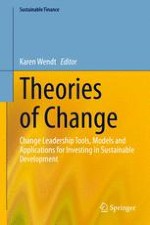2021 | OriginalPaper | Buchkapitel
Comprehensive Simulation Meta Model for Transition Planning and Decision Analysis with Sustainable Impact
verfasst von : Salomon Billeter
Erschienen in: Theories of Change
Verlag: Springer International Publishing
Aktivieren Sie unsere intelligente Suche, um passende Fachinhalte oder Patente zu finden.
Wählen Sie Textabschnitte aus um mit Künstlicher Intelligenz passenden Patente zu finden. powered by
Markieren Sie Textabschnitte, um KI-gestützt weitere passende Inhalte zu finden. powered by
